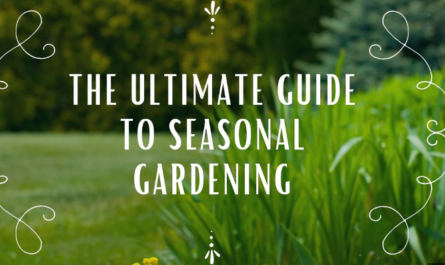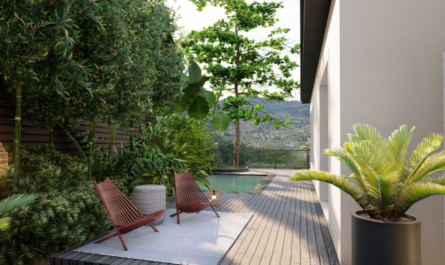The world of landscaping is constantly evolving, with new trends emerging that blend aesthetics, functionality, and sustainability. Modern landscaping focuses on creating outdoor spaces that are not only beautiful but also practical and Eco-friendly. Whether you have a sprawling backyard or a compact urban garden, these innovative designs can transform your outdoor space into a stylish and inviting retreat. Here are some of the top modern landscaping trends to consider.
1. Sustainable Landscaping
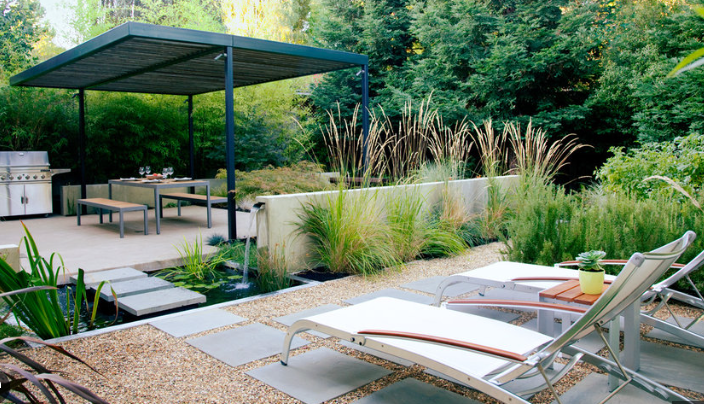
Sustainability is at the forefront of modern landscaping. Homeowners are increasingly opting for eco-friendly practices that reduce environmental impact and promote biodiversity.
Native Plants
Using native plants in your garden is a key sustainable practice. Native plants are adapted to the local climate and soil conditions, requiring less water and maintenance. They also provide essential habitats for local wildlife.
Xeriscaping
Xeriscaping is a landscaping method that reduces or eliminates the need for irrigation. By using drought-tolerant plants and efficient irrigation systems, xeriscaping helps conserve water and reduce maintenance.
Rain Gardens
Rain gardens are designed to capture and absorb rainwater runoff from roofs, driveways, and other surfaces. These gardens help reduce erosion, filter pollutants, and recharge groundwater, making them a sustainable choice for modern landscapes.
2. Outdoor Living Spaces
Creating functional outdoor living spaces is a major trend in modern landscaping. These areas extend the living space of your home and provide a comfortable environment for relaxation and entertainment.
Outdoor Kitchens
Outdoor kitchens are becoming increasingly popular, featuring built-in grills, sinks, refrigerators, and even pizza ovens. They offer convenience for outdoor dining and make entertaining guests a breeze.
Fire Pits and Fireplaces
Fire pits and outdoor fireplaces provide warmth and ambience, making your outdoor space usable even in cooler months. They create a cosy gathering spot for family and friends.
Comfortable Seating Areas
Investing in quality outdoor furniture, such as sofas, lounge chairs, and dining sets, can make your garden a true extension of your living space. Opt for durable, weather-resistant materials and add cushions and throws for comfort.
3. Minimalist Design
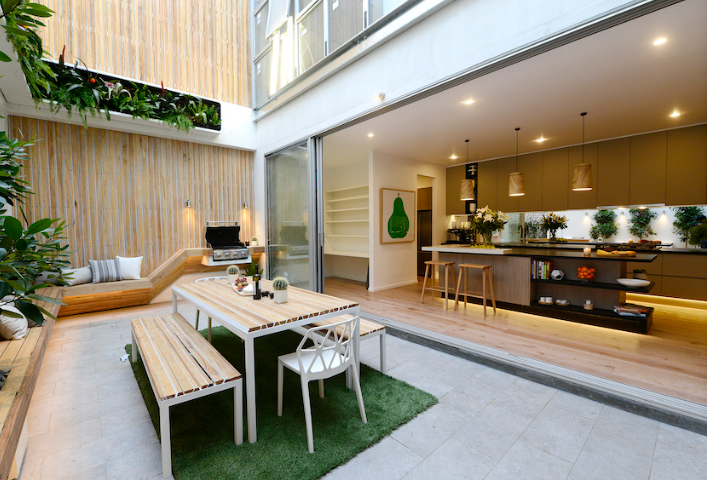
Simplicity and clean lines are hallmarks of modern landscaping. Minimalist design focuses on creating uncluttered spaces with a few key elements that make a strong visual impact.
Geometric Shapes
Incorporate geometric shapes and patterns into your landscape design. Rectangular patios, circular flower beds, and straight pathways create a sense of order and harmony.
Monochromatic Colour Schemes
Using a limited colour palette, such as shades of green and Gray, can create a sleek and modern look. Monochromatic schemes are calming and allow the natural beauty of plants and materials to stand out.
Hardscaping
Hardscaping elements like concrete, stone, and metal are integral to minimalist landscapes. These materials provide structure and contrast with the softness of plants, enhancing the overall design.
4. Vertical Gardens
Vertical gardens, or living walls, are an innovative solution for adding greenery to small spaces or creating focal points in larger gardens. They can be used to grow a variety of plants, including herbs, flowers, and even vegetables.
Space Efficiency
Vertical gardens maximise space, making them ideal for urban environments where ground space is limited. They can be installed on walls, fences, or freestanding structures.
Aesthetic Appeal
Living walls add texture and colour to your outdoor space, creating a striking visual feature. They can be designed to fit any style, from modern to rustic.
Environmental Benefits
Vertical gardens improve air quality, provide insulation, and reduce the urban heat island effect. They also attract beneficial insects and birds, contributing to biodiversity.
5. Smart Technology
Integrating smart technology into your landscape design can enhance both convenience and sustainability.
Smart Irrigation Systems
Smart irrigation systems use weather data and soil moisture sensors to optimise watering schedules, reducing water waste and ensuring your plants receive the right amount of water.
Outdoor Lighting
Smart outdoor lighting systems can be controlled via smartphone apps, allowing you to adjust lighting based on time of day or activity. LED lights are energy-efficient and can be used to highlight key features of your garden.
Automated Maintenance
Robotic lawn mowers and other automated garden tools can take care of routine maintenance tasks, freeing up your time to enjoy your outdoor space.
6. Edible Landscaping
Combining beauty and functionality, edible landscaping integrates food-producing plants into the overall design of your garden.
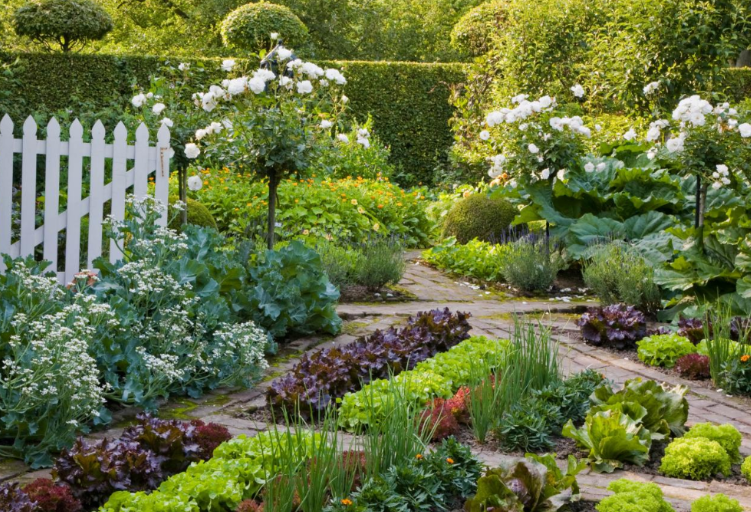
Fruit Trees and Berry Bushes
Incorporate fruit trees and berry bushes into your landscape to enjoy fresh, homegrown produce. These plants also add visual interest with their blossoms and fruit.
Herb Gardens
Herb gardens can be planted in dedicated beds, containers, or integrated into flower beds. Fresh herbs provide culinary benefits and release pleasant aromas.
Vegetable Gardens best Landscaping
Raised beds and vertical planters are ideal for growing vegetables in a modern landscape. They can be designed to fit seamlessly into the overall garden aesthetic.
Conclusion
Modern landscaping is all about creating outdoor spaces that are not only visually appealing but also functional, sustainable, and personalised to fit your lifestyle. By incorporating these innovative designs, you can transform your garden into a stylish haven that you can enjoy year-round. Whether you’re looking to make Eco-friendly choices, extend your living space outdoors, embrace minimalist design, or integrate smart technology, the latest trends in landscaping offer endless possibilities.

